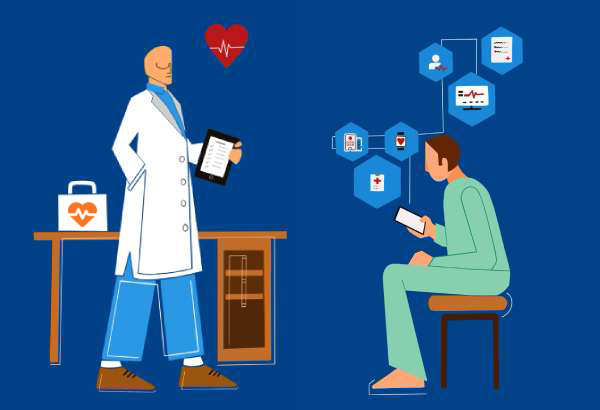Future Proofing EHI Interoperability for Payers & Providers
July 12, 2023 | 5-minute read

Although CMS compliant interoperability regulations continue to evolve, the end-state objective is clear: ideally, all care-delivery partners will work together effectively consolidating, updating and seamlessly sharing data between patients, providers and payers, tools. The adoption of CMS standards, and advancement towards the ideal end-state vision is progressing, albeit unevenly, in the provider and payer ecosystem.
On the provider side, per the ONC 2022 Report on interoperability while significant progress has been made in terms of EHR adoption, the progress of robust health data exchange capability is lagging.
| Focus | Hospitals Non-federal acute |
Providers Office-based physicians |
|---|---|---|
| Electronic Health Records | 96% | < 80% |
| Health Information Exchange (Send, Receive, Find, Integrate) |
62% | 16% |
On the payer side, achieving widespread interoperability remains an ongoing challenge. Factors contributing to the situation typically include:
Research published by Gartner® on May 19, 2023, U.S. Healthcare Payer Interoperability Benchmarks, 2Q23* states: “FHIR data exchange with providers is in its infancy, but ADT and CCDA ingestion is becoming routine – although not necessarily at scale.”
To advance interoperability adoption to provide guidance to Medicare Advantage plans and other payers, CMS recently proposed new rules for FHIR-based data exchange between payers and providers.
The chart below illustrates that while many potential clinical data integration solutions providers may have these potentially CMS mandated technologies slated for inclusion in their IT roadmap for eventual release, Health Chain offers payers existing foundational solutions in place that can be easily enhanced to meet evolving requirements.
| Proposed CMS Rule 1/1/2026 Implementation |
Current Health Chain Solution | |
|---|---|---|
| FHIR-based Patient Access Application Programming Interfaces (APIs) | Health Data & Claims Data Information includes:
|
Omega Patient Access App |
| Prior Authorizations (PA) Information includes:
|
||
| Payor-to-Payor APIs | Data Available to Patients Even After Changing Payers Information includes:
|
Payer to Payer (P2P) Hub |
*GARTNER is a registered trademark and service mark of Gartner, Inc. and/or its affiliates in the U.S. and internationally and is used herein with permission. All rights reserved.
To learn more about how Health Chain is helping payers and providers deliver value-based care through advanced data integration and data accessibility platforms, please contact us.






